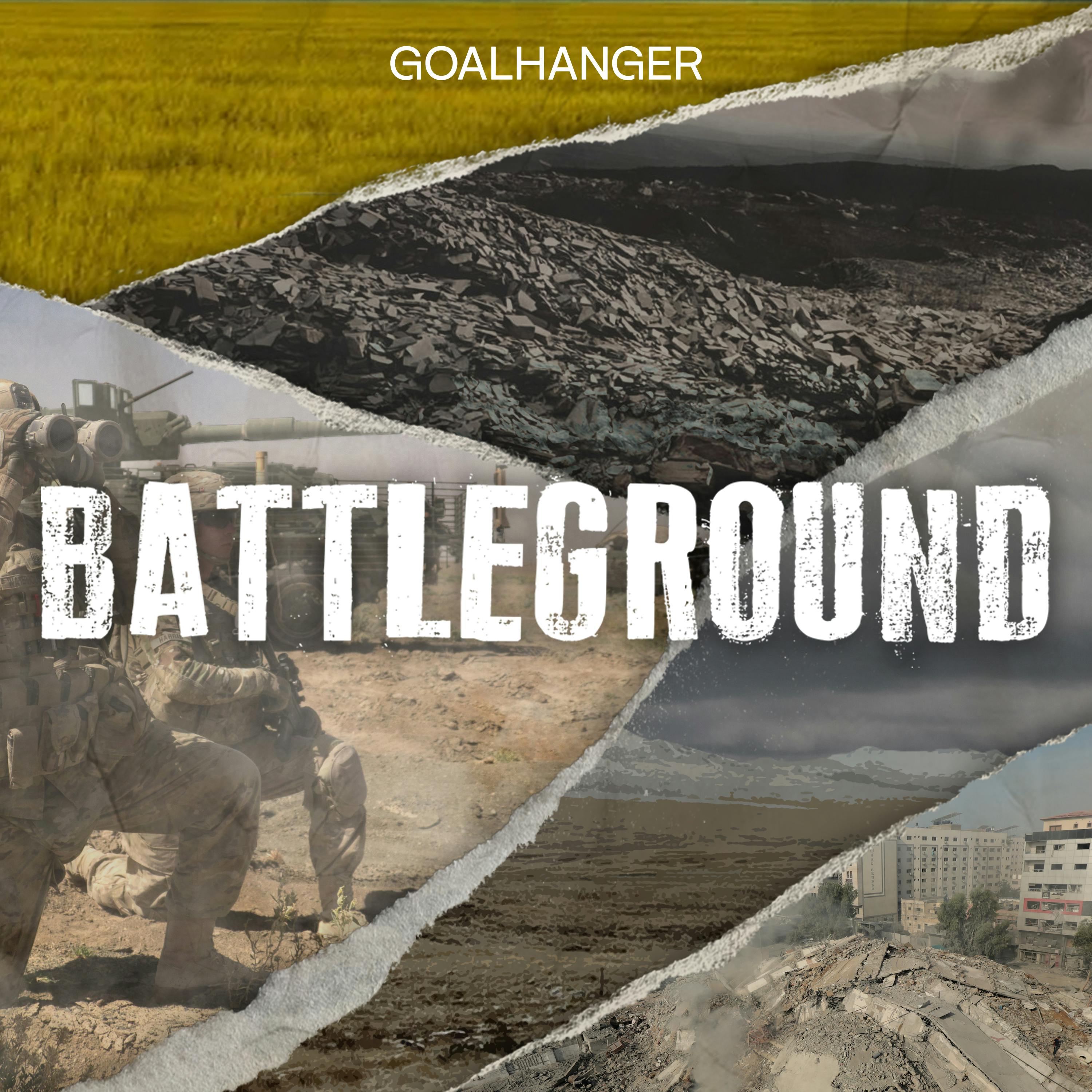
225. Berlin, Rommel and Liberating the Netherlands.

Battleground
Deep Dive
Why was the speed of the Allies' advance from Normandy to Berlin influenced by the Red Army's westward movement?
The Allies were more cautious in their approach compared to the Red Army, which was racing to Berlin. The Allies faced logistical challenges and setbacks like the Battle of Normandy and the failure at Arnhem. Politically, Berlin was already designated for Soviet occupation at the Yalta Conference, making the race less critical for the Allies.
Why did the Allies not try to prevent the Soviets from occupying Berlin first?
Berlin was divided into occupation zones at the Yalta Conference, with the Soviet zone including Berlin. The Allies, particularly Eisenhower, accepted this division and were not prepared to incur the high casualties that would have been necessary to fight their way into Berlin ahead of the Soviets.
Why were the Allies hesitant to confront Stalin more aggressively during the war?
The Allies, particularly Roosevelt, were not entirely naive about Stalin's intentions but felt limited in what they could do. Military confrontation with the Soviets was considered but ultimately not pursued. The only viable option was a lengthy Cold War standoff, which lasted until the fall of the Soviet Union in 1990s.
What role did the atomic bomb play in the Allies' strategy towards the Soviet Union?
The atomic bomb was not aimed at Moscow, and its early prototypes were not powerful enough to significantly alter the military balance with the Soviets. The bomb's primary purpose was to end the war with Japan, though its existence did create a strategic advantage in the emerging Cold War.
Why was the Battle of Overloon significant during the liberation of the Netherlands?
The Battle of Overloon, fought in late September to mid-October 1944, was a major tank battle that cleared German forces from the southern Netherlands. It was a consequence of the failure of Operation Market Garden and helped secure the region, though it did not change the overall strategic situation.
Why did the film 'A Bridge Too Far' face criticism for its portrayal of the British and American forces in Operation Market Garden?
The film was criticized for inaccuracies, such as portraying British tank crews as stopping for tea, which was seen as a negative depiction of their advance. Additionally, it inaccurately showed American paratroopers failing to take the bridge immediately, whereas they were delayed by orders to secure high ground first.
Why is Rommel considered an enigmatic figure in Nazi Germany?
Rommel was close to Hitler and commanded Hitler's personal security, but he was never an SS officer or a member of the Nazi party. His relationship with Hitler was based on military admiration rather than ideological alignment, making him a unique figure in the Wehrmacht.
Why did the Soviet Union's liberation of Finnmark in Norway receive attention from the Russian Ministry of Foreign Affairs?
The Soviet liberation of Finnmark in October 1944 was a relatively low-cost operation that removed German forces from the far north of Norway. The Russian Ministry of Foreign Affairs highlights this as a significant Soviet contribution to the war, though it downplays the role of Allied convoys that supported the operation.
Why is Henning von Tresckow significant in the history of the German resistance against Hitler?
Von Tresckow was a key figure in the German resistance, initiating plots against Hitler as early as 1939. He was instrumental in organizing the July 20, 1944, bomb plot and tried other assassination attempts, making him a central figure in the fight against Nazism within the Wehrmacht.
- The Allies' advance was more cautious than the Soviets', due to factors such as the Battle of Normandy and logistical issues.
- The Yalta Conference had already divided Germany into occupation zones.
- Churchill's desire to reach Berlin contrasted with Eisenhower's adherence to the Yalta agreements and concern for casualties.
Shownotes Transcript
Covering a wide range of fascinating topics from the race to Berlin to the liberation of Finnmark in the far north of Scandinavia, Saul and Patrick address some of the multitude of questions which we have received on the topics of our Battleground '44 series in todays episode.
If you have any thoughts or questions, you can send them to - [email protected]
Producer: James Hodgson
Twitter: @PodBattleground
Learn more about your ad choices. Visit podcastchoices.com/adchoices)